
What is a Biological Evaluation Report?
What is biocompatibility?
Biocompatibility refers to the ability of a medical device to perform its intended function without eliciting any adverse reactions when in contact with the human body. This involves careful selection of materials, design, manufacturing processes, and interactions between the device and human tissues or blood. When a medical device comes into contact with the human body, the risk of adverse reactions must be minimized.
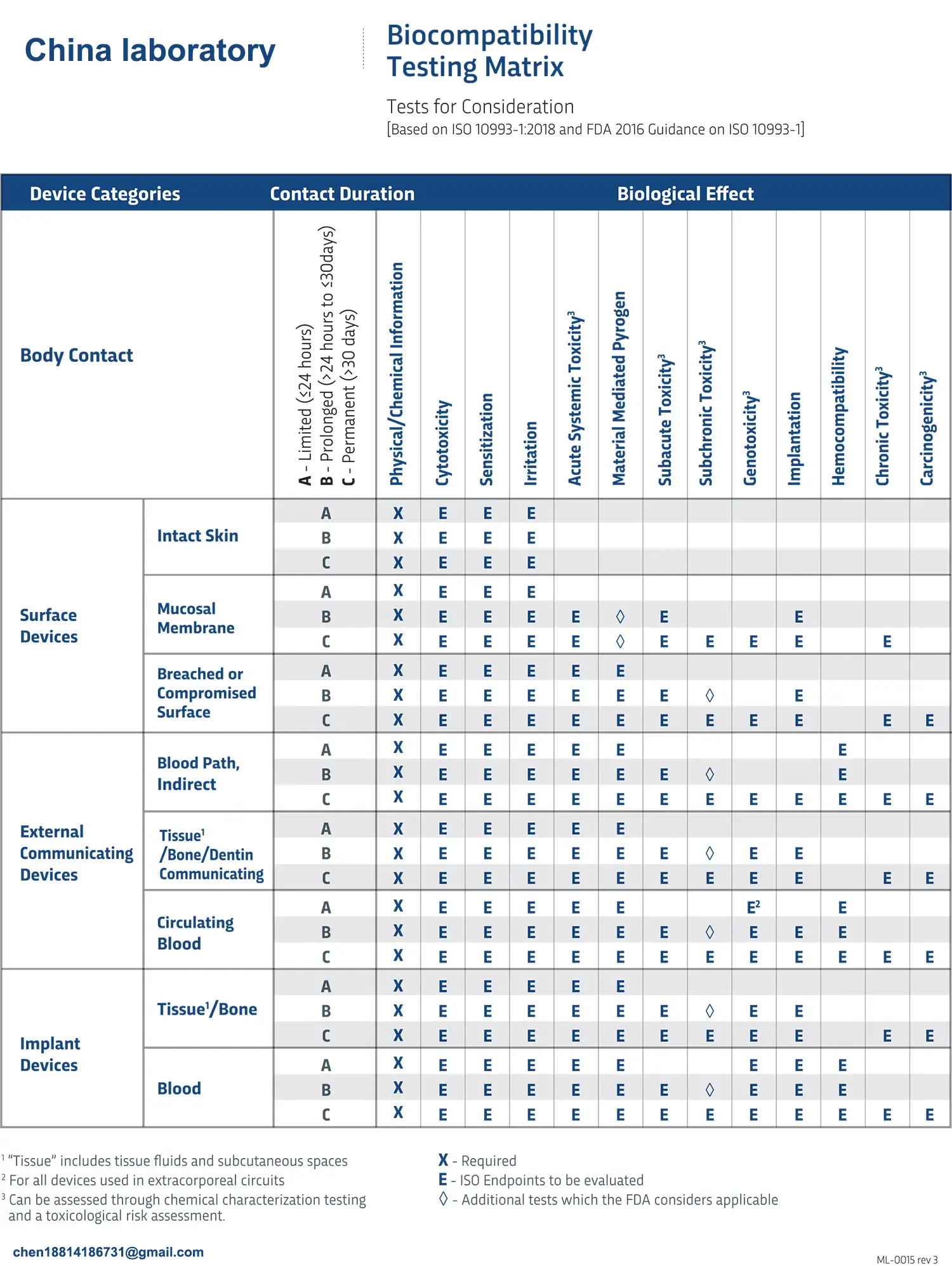
Why is biocompatibility so important?
Biocompatibility is directly related to patient health and treatment efficacy. Poor biocompatibility of a medical device can lead to issues such as inflammation, allergic reactions, and toxicity, which can compromise treatment outcomes and even endanger the patient's life.
What steps are involved in biocompatibility evaluation?
Biocompatibility evaluation is a multi-step process that includes the analysis of the chemical and physical properties of materials, biological testing (such as cytotoxicity, irritation, and hemocompatibility), risk assessment, and a comprehensive analysis of clinical data. These steps must be customized based on the device’s characteristics and intended use.
How to write a professional biological evaluation report?
A professional biological evaluation report should include an evaluation strategy, material description, qualitative and quantitative analysis, selection of tests and results, and any relevant clinical data. The report should be clear, accurate, and support the conclusion of the device’s biocompatibility, meeting regulatory requirements.
How to meet CE and FDA requirements for biological evaluation?
To meet CE and FDA requirements for biological evaluation, manufacturers should take the following steps:
1. Understand and follow applicable regulations and guidelines, such as the ISO 10993 series standards and the FDA’s guidance document "Use of International Standard ISO 10993-1, 'Biological evaluation of medical devices - Part 1: Evaluation and testing within a risk management process'".
2. Conduct a comprehensive risk assessment to identify all potential biological risks and develop appropriate mitigation measures.
3. Select appropriate biological tests, including in vivo and in vitro tests, to evaluate the device's biocompatibility.
4. Ensure all tests are conducted in laboratories compliant with Good Laboratory Practice (GLP) standards and performed by qualified professionals.
5. Prepare a comprehensive biological evaluation report, including test methods, results, risk assessment, and conclusions.
6. Continue to monitor the device's biocompatibility post-market and update the evaluation report as necessary.
7. Establish and maintain a comprehensive risk management system to manage biocompatibility risks at every stage, from design to post-market surveillance.
Through the above Q&A, it is evident that biocompatibility evaluation is a complex but crucial process. As regulations evolve, manufacturers need to continuously adapt to new requirements to ensure their devices not only meet current market demands but also guarantee patient safety and device efficacy. By collaborating with China's JJR Laboratory, medical enterprises can receive professional guidance and support, ensuring the accuracy and completeness of biocompatibility evaluations while accelerating the process of bringing devices to the US market. Our services aim to provide a clear path for enterprises to comply with regulations, focus on innovation, and enhance device quality.
China JJR Laboratory is an IEC 17025 and GLP accredited lab, providing ISO 10993 biocompatibility testing report services for medical devices. Contact us for consultation! (We can help you save 30% on testing costs).
Email:hello@jjrlab.com
Write your message here and send it to us
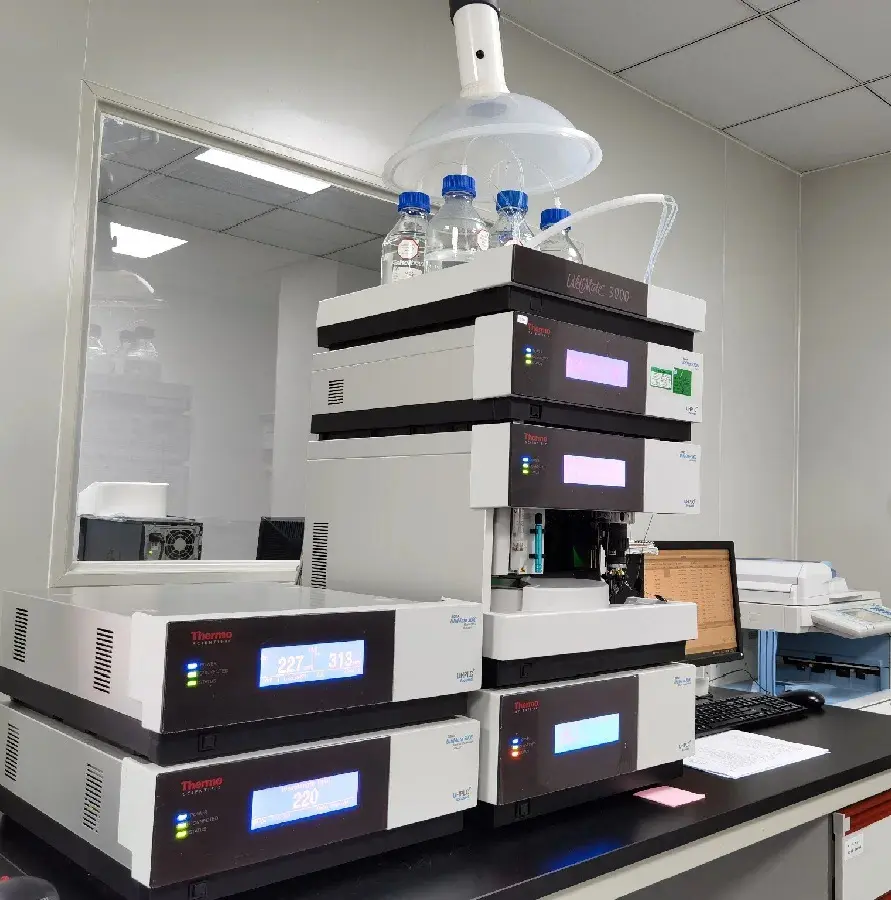 Packaging Validation ISO 11607 Test Report
Packaging Validation ISO 11607 Test Report
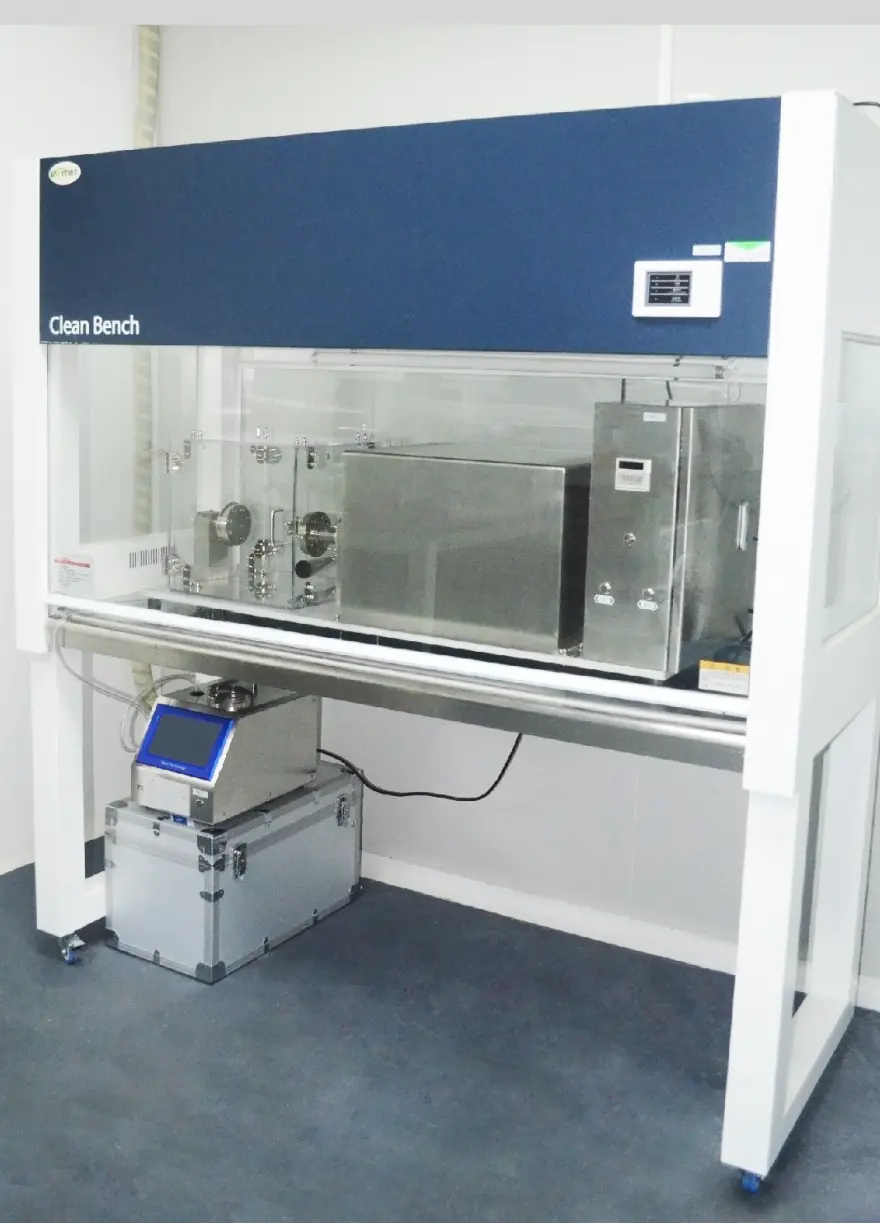 What is the ISO 11607-1 Packaging Validation Test?
What is the ISO 11607-1 Packaging Validation Test?
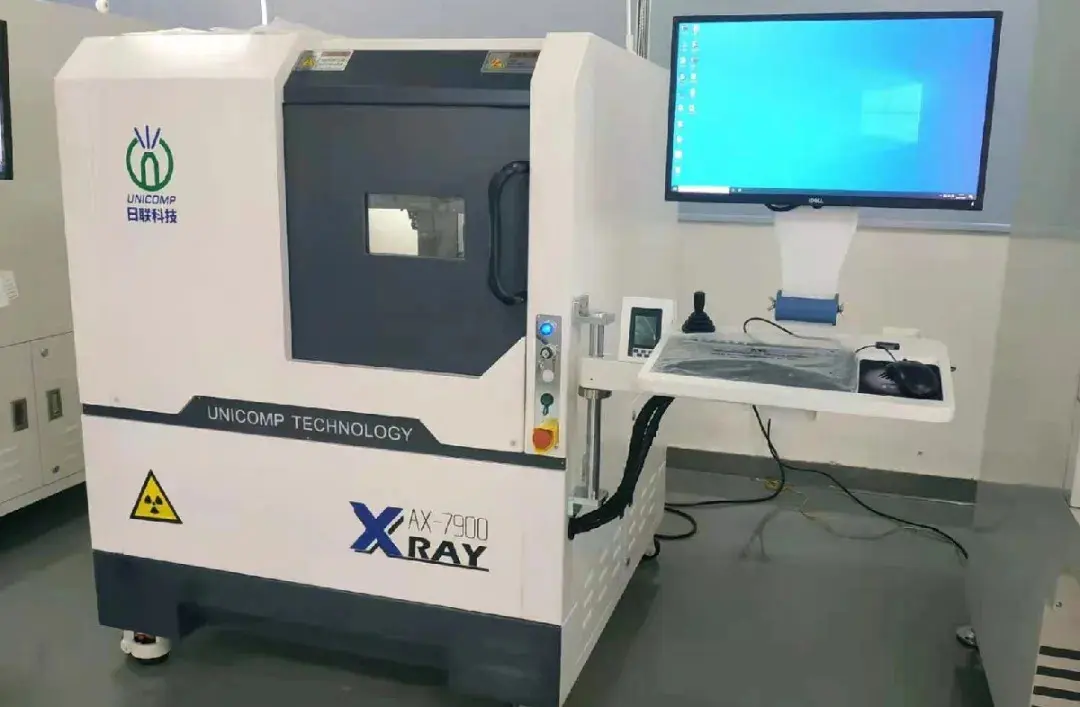 How to get an ISO 11737-1 Test Report?
How to get an ISO 11737-1 Test Report?
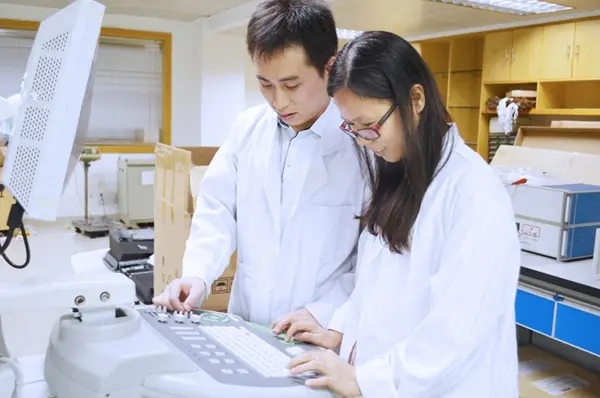 Orthopedic Implant Cleanliness Testing
Orthopedic Implant Cleanliness Testing
 What is ISO 10993-23:2021 Irritation Testing?
What is ISO 10993-23:2021 Irritation Testing?
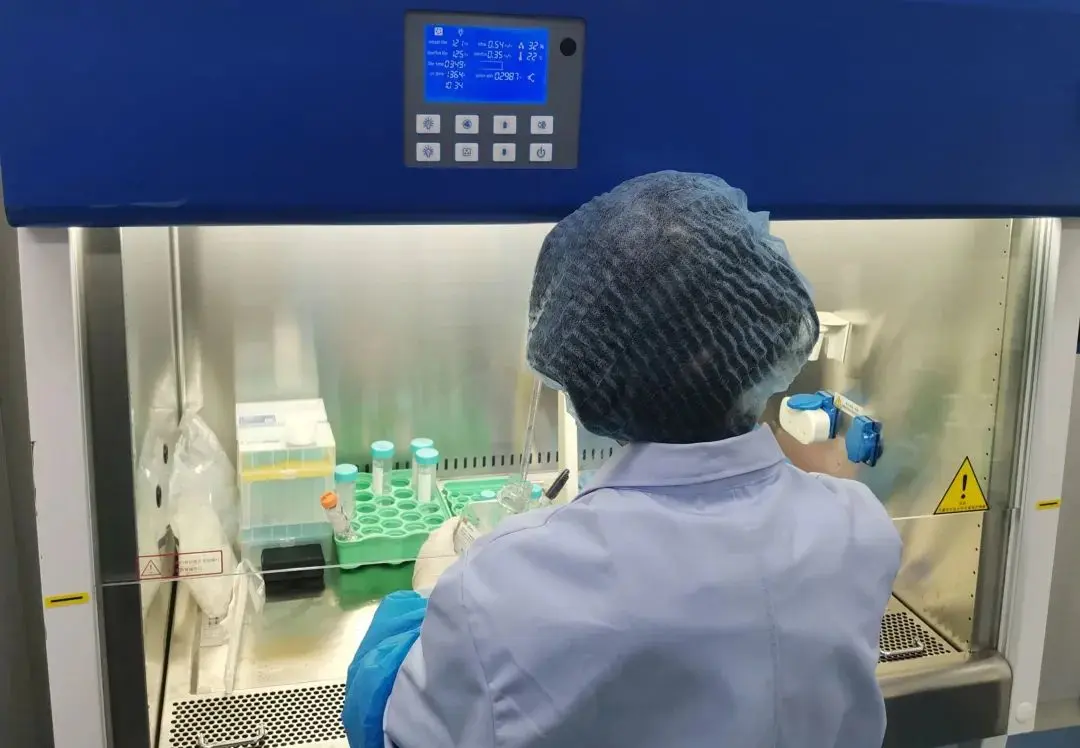 ISO 10993-23 Irritation Testing Laboratory
ISO 10993-23 Irritation Testing Laboratory
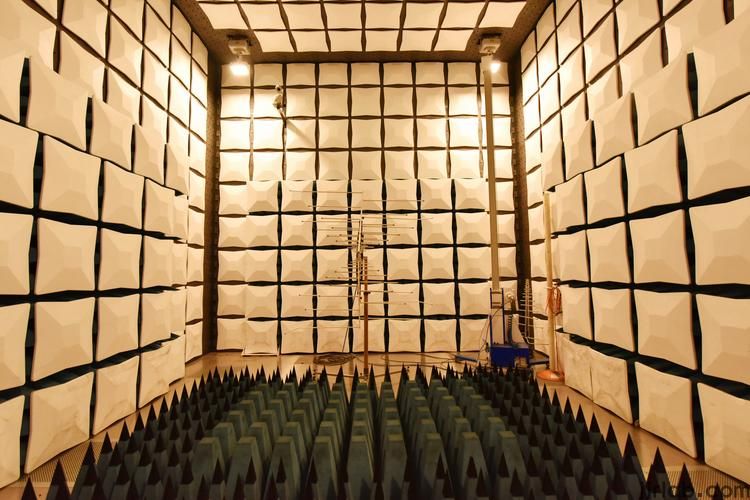 EMI Emissions Testing
EMI Emissions Testing
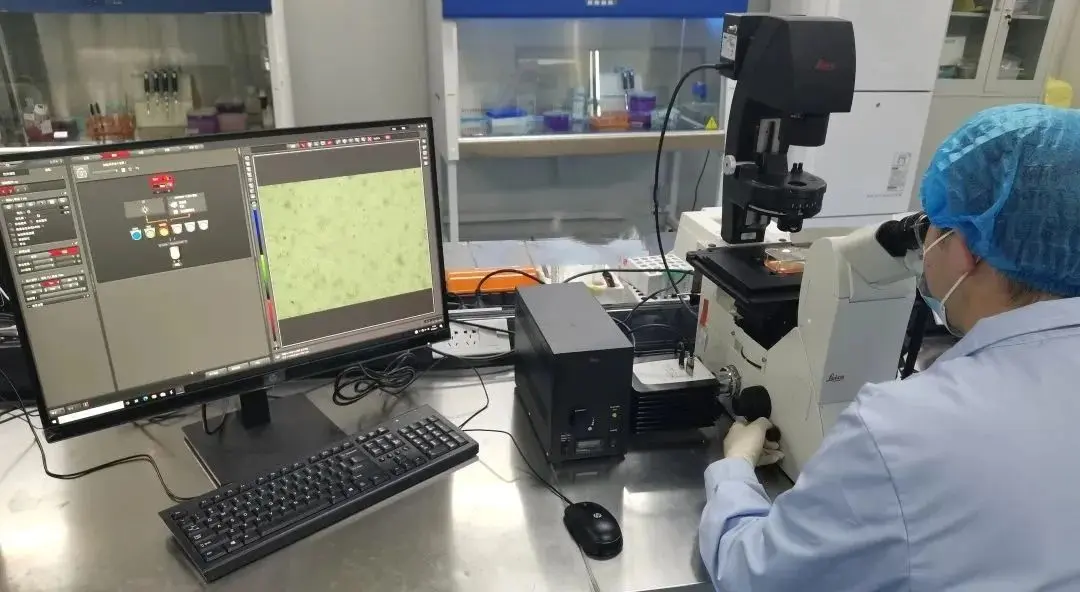 EMC Standards for Medical Devices
EMC Standards for Medical Devices
Leave us a message
24-hour online customer service at any time to respond, so that you worry!




